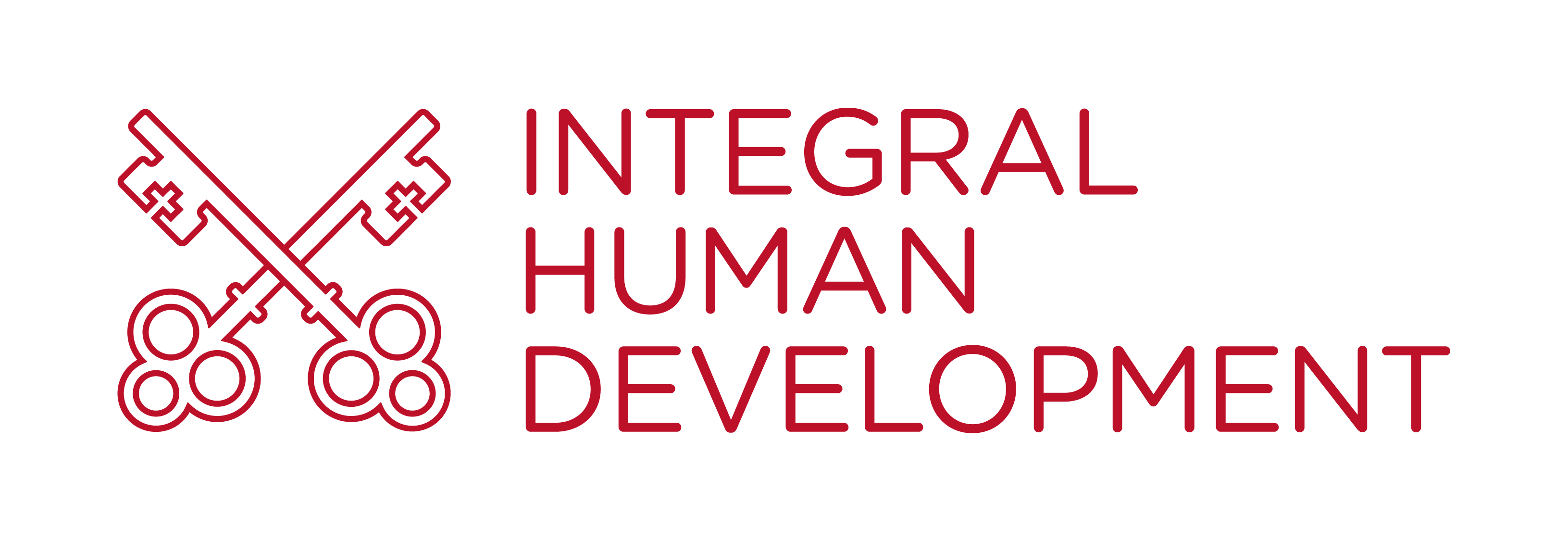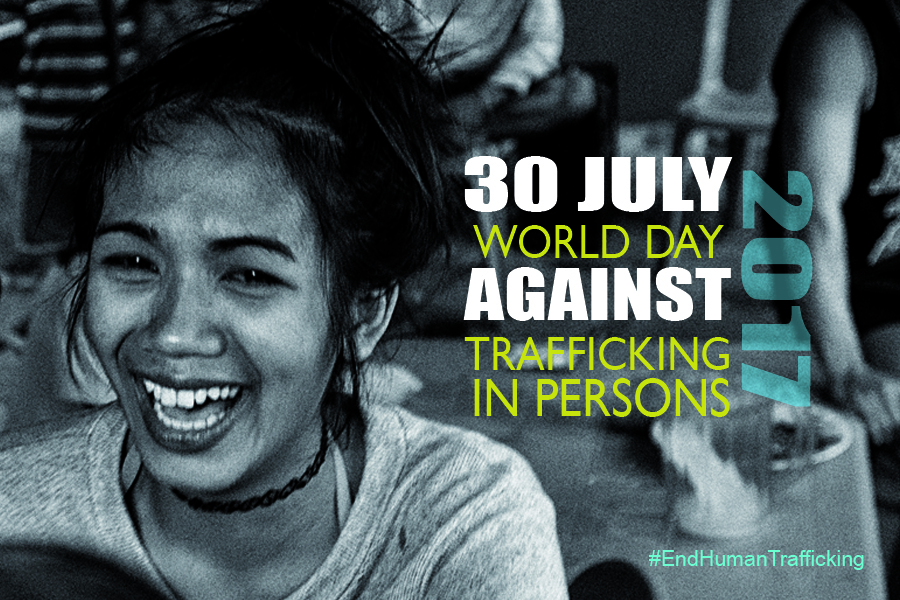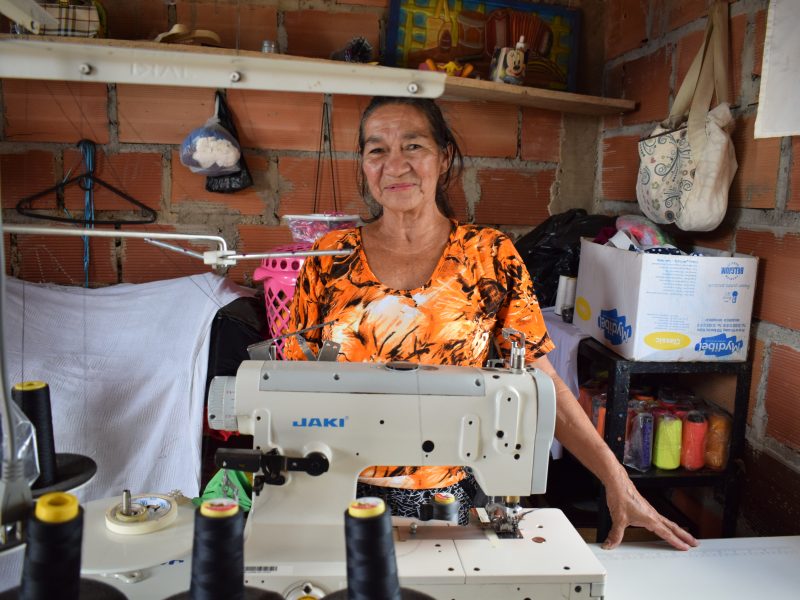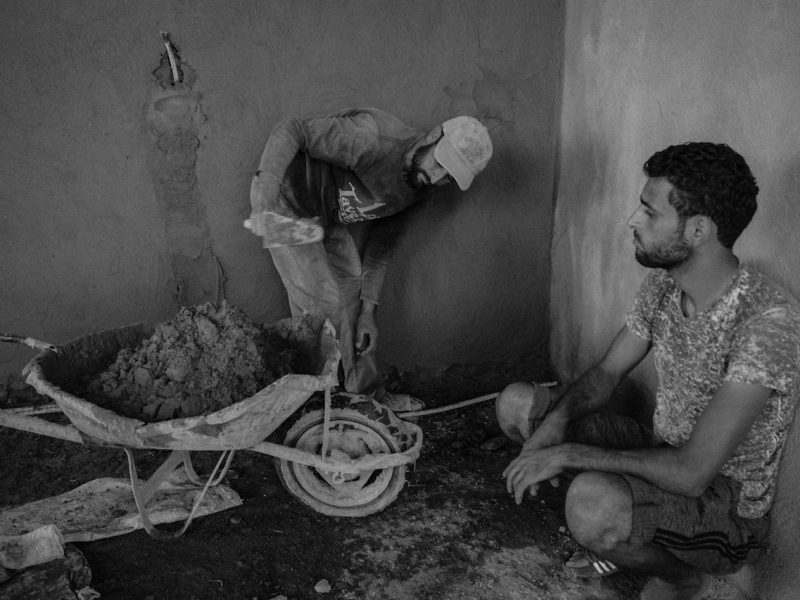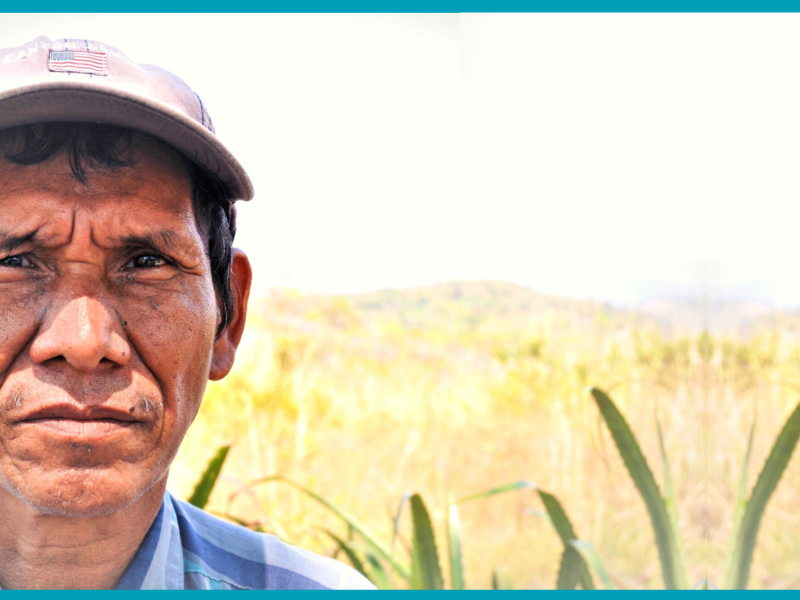“A 22 year-old woman from El Salvador was trying to reach her family in the USA, seeking help from a ‘cojote’ for the travel. In El Salvador she left her parents and a 5 year-old daughter. On the way, in Mexico, the young woman was abducted and trafficked for sexual exploitation. She was able to escape the traffickers and to find refuge in a protected shelter in Tapachula (Chiapas, Mexico). The girl could not return to her home country, because the traffickers know where she came from and threatened her with death. An effective protection measure would be to give her a humanitarian visa”[1].
On the occasion of the World Day against Trafficking in Persons we would like to remind the international community of the crime of human trafficking, which affects every country. People are trafficked within local settings as well as across international borders for domestic servitude, sexual and labour exploitation, begging, forced marriage, organ removal, surrogate wombs and criminal acts. While estimates of the number of victims of human trafficking remain in the tens of millions, worldwide convictions of human traffickers are fewer than 10,000.[2]
Trafficking in persons is a crime against humanity, an open wound in our world[3] that needs to be healed and addressed effectively together.
Daily, thousands of people around the globe are committed to the identification, rescue and protection of trafficked victims. Several faith-based organizations work closely with vulnerable populations, especially migrants and refugees, and they have identified victims of trafficking among people on the move.
Migrants and refugees are among those who are most vulnerable to trafficking and exploitation, both during their journeys and when they arrive in their countries of destination. Their vulnerability is exacerbated by border closures and the lack of legal and safe pathways for migration. In the absence of those, migrants are forced to use “irregular” dangerous pathways, which are run by smugglers and traffickers who seek to exploit their dire circumstances. Women and children deserve particular attention as they easily become victims of trafficking for labour and sexual exploitation. The International Labour Organization has estimated that forced labour and sexual exploitation, is currently generating US$ 150 billion in revenue each year, two thirds of the estimated, came from sexual exploitation[4].
We, the undersigned organizations would like to reiterate our call to all governmental, non-governmental and international organizations to intensify their efforts to address this crime, in particular we call on:
- Governments who bear primary responsibility for addressing human trafficking:
- to ratify and ensure implementation of the Palermo Protocol (2000) and other relevant conventions;
- to ensure safe, legal and responsible migration pathways for migrants and refugees to travel across borders, as countries have committed in the Sustainable Development Goals Agenda 2030 (2015) and in the New York Declaration (2016);
- to ensure that proper systems are put in place to protect people at risk of being trafficked when migration is occurring;
- to improve protective and supportive services for survivors of trafficking among people on the move, especially by granting humanitarian long term residency permits;
- to ensure that people working with migrants, asylum seekers and refugees are trained in methods of identifying person being trafficked and in upholding human rights standards;
- to promote a national investigation on human trafficking based on intelligence gathering rather than on the witness based approach that exists at present[5].
- All stakeholders, including civil society and faith-based organizations, working with migrants and refugees:
- to strengthen initiatives which seek to identify and support victims of trafficking, especially in the border regions and refugees camps;
- to ensure qualified protection and access to justice independently of their legal status.
- to make cooperation a priority and to work towards strengthening existing collaborative networks, for example:
- to establish referral mechanisms for trafficked people;
- to organize joint prevention activities, e.g. educational programs organized jointly by UNHCR and faith-based organizations in refugee camps on the dangers of human trafficking and to advise migrants on how to protect themselves;
- to include organizations from civil society in processes to establish and monitor national anti-trafficking plans.
ACRATH – Australian Catholic Religious Against Trafficking in Humans
COATNET – Christian Organizations Against Trafficking in Human Beings
Dominicans for Justice and Peace
RENATE – Religious in Europe Networking Against Trafficking and Exploitation
Talitha Kum – The Worldwide Network of Religious Life against Trafficking in Persons
UISG – Unione Internazionale delle Superiore Generali
UISG/USG Anti-Trafficking Working Group
WUCWO – The World Union of Catholic Women’s Organisations
Footnotes:
[1] Survivor’s story reported by Red Rama – El Salvador
[2] US State Department, Trafficking in Persons Report 2017
[3] Cfr: Pope Francis, December 2nd 2014 and November 7th 2016
[4] ILO Report 2014, Profits and Poverty: The Economics of Forced Labour
[5] In many places, the possibility of trafficked persons being given humanitarian residency permits in a country is based on their participation in denouncing the perpetrators and bringing them to trial and even their participation in the trial.
